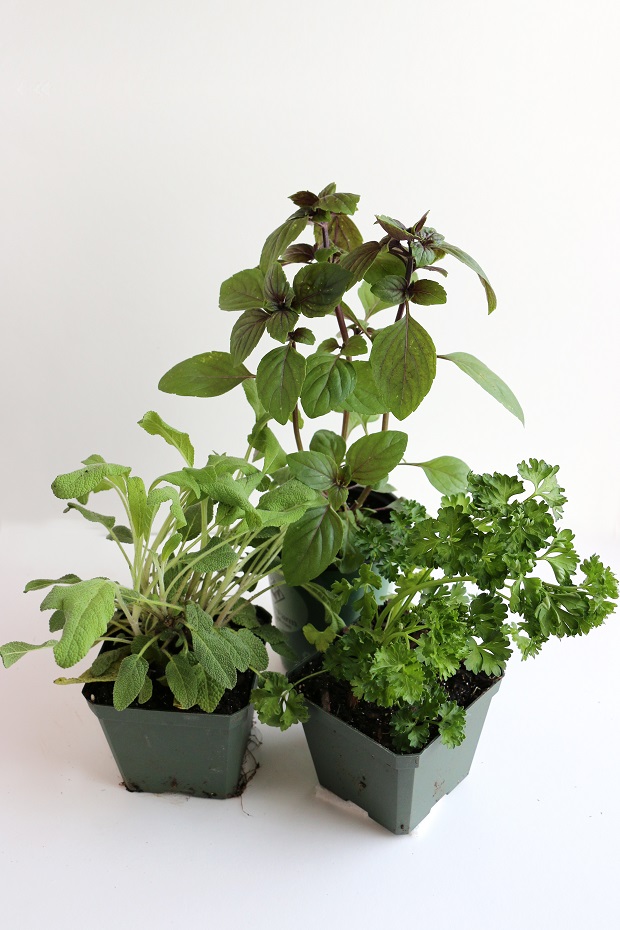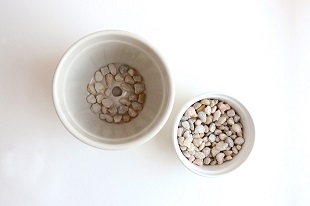
Simple Steps to an Indoor Herb Garden

Growing herbs indoors is a great way to flex your green thumb—even if you feel like you don’t have a green thumb. Fresh rosemary, oregano, basil, and more are delicious on salads, stirred into sauces, and added to summer drinks like lemonade—and you don’t need a lot of space (or a lot of skill) to grow them. Here’s what you need to do to get started.

1. Choose your location. Pick a place that gets sunlight six to eight hours a day. A windowsill in the kitchen is ideal, but if you don’t have one, consider a bathroom or the dining room window, just be sure that your herb garden will be out of reach of kids and pets.

2. Select some containers. Mason jars, terra cotta pots, soup cans, tea cups, even bottles can be pressed into service as vessels for your herb garden. Get creative—but keep in mind that whatever container you choose will work best with a hole in the bottom for good drainage.

3. Decide on the herbs. Most herbs are hardy and can handle the rigors of indoor living (like inconsistent light and water). Some of the more popular choices for indoor herb gardens are basil, bay, chervil, chives, oregano, parsley, rosemary, sage, tarragon, and thyme. Choose the ones you like best or cook with most often, and limit yourself to five or six.



4. Take good care. If you are new to gardening, start with seedlings rather than seeds. Put sand or small rocks in the bottom of your containers to ensure proper drainage, and then fill your containers three-quarters full of organic potting soil, place the roots of the individual plants on the soil, then cover with soil, leaving an inch to the top of the container.
If a plant develops thin, slanted stems and few leaves, it isn’t getting enough sunlight. Move it to a sunnier spot. Rotate your plants regularly to ensure even light. And don’t overwater your herbs. They need a drink only if the soil feels dry when you poke your finger into it.
When harvesting your herbs, use the smaller leaves from the top of the plants, rather than the larger ones at the bottom, which are the plants’ nourishment systems.